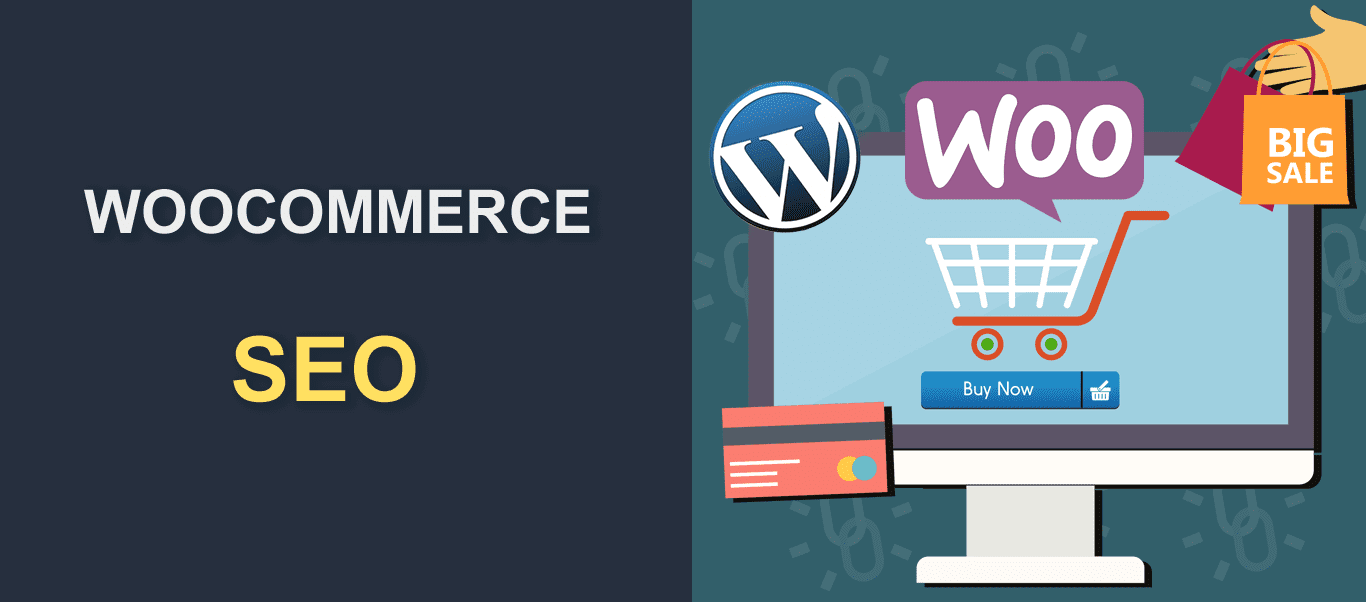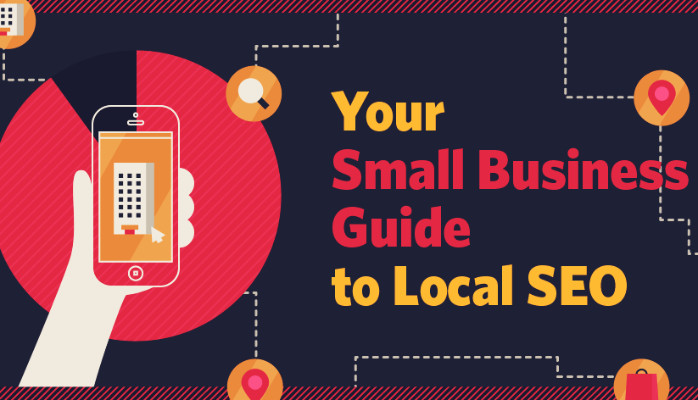WooCommerce, one of the most popular eCommerce platforms on WordPress, offers incredible flexibility and functionality for online store owners.
However, simply having a WooCommerce store isn’t enough to attract customers—you need to optimize it for search engines.
SEO (Search Engine Optimization) for WooCommerce is essential to drive organic traffic, increase sales, and stay ahead of the competition.
In this article, we’ll explore the best strategies and tips to optimize your WooCommerce store for SEO success.
1. Optimize Your WooCommerce Site Structure
A well-organized site structure is fundamental for both SEO and user experience. Search engines rely on a clear structure to crawl and index your website, while users need intuitive navigation to find products easily.
Key Tips for WooCommerce Site Structure:
- Organize Categories and Subcategories: Ensure products are grouped logically into categories and subcategories. This helps search engines understand your site’s hierarchy and makes navigation easier for users.
- Flat Architecture: Keep the website structure as flat as possible, meaning users should be able to reach any product within 3-4 clicks from the homepage.
- Breadcrumbs: WooCommerce supports breadcrumbs, which provide users and search engines with a map of your site structure. Enable breadcrumbs for better navigation and SEO benefits.
Example Structure for a Fashion Store:
- Homepage > Women’s Fashion > Dresses > Summer Dresses
2. Conduct Comprehensive Keyword Research
Effective SEO starts with keyword research. For WooCommerce SEO, you’ll want to target commercial keywords—keywords that show buyer intent (e.g., “buy women’s summer dresses”), as well as informational keywords for blog posts and content marketing.
Tools for Keyword Research:
- Google Keyword Planner: Ideal for finding keywords with high search volume and low competition.
- SEMrush or Ahrefs: Great for identifying keywords your competitors are ranking for.
- Google Autocomplete: Use the search bar to find long-tail keywords related to your products.
Where to Use Keywords:
- Product titles: Include primary keywords in your product titles.
- Product descriptions: Naturally incorporate primary and secondary keywords.
- Meta titles and descriptions: Use keywords to create compelling meta tags.
- URLs: Make sure URLs are descriptive and keyword-friendly.
3. Optimize WooCommerce Product Pages
Product pages are the core of your WooCommerce store. To improve their visibility on search engines and increase conversions, you need to optimize them for SEO.
Product Title Optimization:
- Include your primary keyword.
- Make it descriptive but concise (under 60 characters).
- Highlight unique selling points (e.g., “Men’s Leather Jacket – Genuine & Stylish”).
Product Descriptions:
- Write unique and engaging descriptions for every product. Avoid copying descriptions from the manufacturer, as duplicate content can harm SEO.
- Use primary and secondary keywords naturally.
- Focus on both features and benefits—how the product solves a problem or enhances the buyer’s life.
Product Images:
- Compress images to reduce load times (use plugins like Smush).
- Use descriptive file names for images (e.g., “black-leather-jacket.jpg”).
- Include alt text that describes the product and includes relevant keywords.
Example:
For a product like a black leather jacket, instead of writing: “Black leather jacket available in multiple sizes.”
Write something like: “Discover our stylish black leather jacket, crafted from genuine leather for a perfect blend of durability and comfort. Available in various sizes, this jacket is ideal for casual or formal wear.”
4. Optimize Product URLs
Clean, keyword-rich URLs help search engines understand the content of the page and improve user experience. WooCommerce generates default URLs, but it’s often necessary to customize them for SEO purposes.
Best Practices for URL Optimization:
- Use short and descriptive URLs (e.g., /black-leather-jacket-men instead of /product-id=123).
- Include the primary keyword in the URL.
- Avoid using stop words like “and,” “or,” or “the.”
To change WooCommerce permalinks:
- Go to Settings > Permalinks in your WordPress dashboard.
- Choose a permalink structure that includes product names and categories (e.g., /%product-category%/%product-name%/).
5. Leverage WooCommerce SEO Plugins
WordPress is home to a wide range of powerful SEO plugins that can simplify your WooCommerce SEO efforts. Two popular options are:
1. Yoast SEO:
- Title and Meta Description Optimization: Yoast allows you to optimize your titles and meta descriptions directly from the product edit page.
- Sitemap Generation: Automatically generates XML sitemaps, which help search engines crawl your site.
- Breadcrumb Integration: Integrates breadcrumbs into your theme for better navigation.
2. Rank Math:
- Advanced SEO Analysis: Provides detailed SEO analysis, including keyword suggestions and optimization tips.
- Schema Markup: Adds structured data for rich snippets such as star ratings, prices, and availability.
- Google Search Console Integration: Track and monitor your performance directly in the WordPress dashboard.
6. Mobile Optimization
Google uses mobile-first indexing, which means the mobile version of your WooCommerce store is primarily used for ranking and indexing. Therefore, mobile optimization is essential.
Mobile Optimization Tips:
- Responsive Design: Ensure your WooCommerce theme is fully responsive and looks good on all devices.
- Improve Mobile Page Load Speed: Compress images, minify CSS/JavaScript, and use lazy loading for product images.
- Simplify Navigation: Ensure that users can easily browse products, add items to the cart, and checkout on mobile devices.
- Touch-Friendly Buttons: Make sure buttons (like “Add to Cart”) are easy to tap on small screens.
7. Improve Site Speed for WooCommerce
Page speed is a critical ranking factor for SEO, especially for eCommerce sites. Slow pages can lead to higher bounce rates and lower conversions.
How to Improve WooCommerce Site Speed:
- Use a caching plugin: Plugins like W3 Total Cache or WP Rocket can significantly improve load times by caching pages.
- Optimize images: Use plugins like Smush or Imagify to compress images without losing quality.
- CDN (Content Delivery Network): A CDN like Cloudflare can speed up your site by delivering content from servers closest to your visitors.
- Choose a fast WooCommerce hosting provider: Opt for WooCommerce-optimized hosting to ensure your site performs well under heavy traffic.
8. Enable Structured Data (Schema Markup)
Schema markup helps search engines understand the content of your WooCommerce store better. It can also enable rich snippets, which improve visibility in search engine results pages (SERPs) by displaying extra information like star ratings, product prices, and availability.
Types of Schema Markup for WooCommerce:
- Product Schema: Displays product information such as name, price, and availability.
- Review Schema: Displays customer ratings and reviews.
- Breadcrumbs Schema: Helps search engines understand your site structure and enhances navigation.
You can implement schema markup through Rank Math or Yoast SEO, or by using plugins like Schema Pro.
9. Encourage and Display User Reviews
Customer reviews are powerful social proof that can influence purchasing decisions. They also provide fresh, user-generated content, which search engines favor. Product reviews can help improve rankings by including long-tail keywords naturally.
How to Encourage Reviews:
- Follow-up emails: After a purchase, send automated emails asking customers to leave a review.
- Incentivize reviews: Offer discounts or loyalty points to customers who review products.
- Make it easy: Ensure the review submission process is simple and intuitive.
Benefits of Reviews for SEO:
- Reviews often contain natural language and long-tail keywords that potential buyers use in search queries.
- They can lead to rich snippets in Google search results, improving your click-through rate (CTR).
10. Build High-Quality Backlinks
Backlinks are one of the most significant ranking factors in SEO. Acquiring high-quality backlinks from authoritative websites can boost your WooCommerce store’s authority and improve search engine rankings.
Strategies for Earning Backlinks:
- Influencer Marketing: Partner with influencers in your industry to review your products and link back to your store.
- Guest Posting: Write guest posts for high-authority blogs and include a link back to your WooCommerce store.
- Digital PR: Publish press releases for product launches or partnerships that can attract backlinks from news sites and industry blogs.
- Content Marketing: Create valuable blog content, infographics, or product guides that other websites may want to link to.
11. Monitor SEO Performance
SEO for WooCommerce is an ongoing process, and it’s essential to track your performance and make adjustments as needed. Regularly monitor your rankings, traffic, and conversions to optimize your strategy.
Tools to Monitor WooCommerce SEO:
- Google Search Console: Track keyword rankings, identify issues, and get insights on how Google crawls your site.
- Google Analytics: Analyze traffic sources, user behavior, and conversion rates.
- Ahrefs or SEMrush: Use these tools to track keyword rankings, backlinks, and competitor performance.
Conclusion
Optimizing your WooCommerce store for SEO requires a multi-faceted approach, combining technical SEO, keyword optimization, content creation, and user experience improvements.




